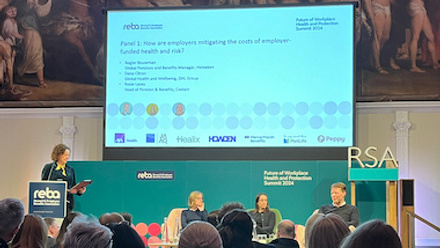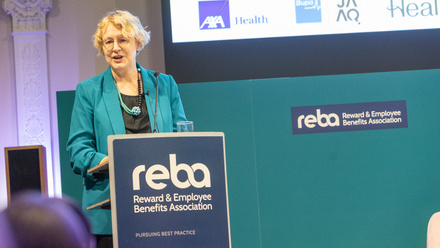The ageing workforce and group risk: what do demographic shifts mean for product design and premiums

Clearly, it is good that we are generally all living for longer and that individuals are increasingly choosing when they would like to retire, but this has thrown up some unintended consequences. Most importantly, working past retirement age impacts employers who want to provide a coherent benefits package for employees, whatever their age and stage in life, particularly where the benefits are secured through insurance policies.
Increased premiums
A case in point is demonstrated with group risk benefits (group life assurance, income protection and critical illness). Employees are increasingly seeking to work beyond state mandated retirement ages, which makes the cost of providing benefits more expensive, owing to increased morbidity and mortality. This results in increased premiums due to ageing insured populations. In addition the design of available products has, arguably, remained unchanged for decades. Of course, there has been the development of “added value extras,” but these are often misunderstood or have low take up and participation rates.
Age discrimination legislation contains an exemption for group risk benefits, where an employer can cease access to insured cover at the greater of age 65 or State Pension Age (SPA). But it does not address the real issue of providing meaningful benefits to staff remaining in service post 65 or SPA, when arguably such benefits would be valued most.
Liability
Employers can choose not to rely on the exemption and insure benefits post 65/SPA. However, they can then find themselves in the position of normally only being able to insure group risk benefits to a maximum allowed by mainstream group risk insurers (70 for GIP and 75 GLA). Having broken the exemption it is arguably the case that a benefit should then be provided for as long as an employee remains in service. So what happens if an employee’s contract does not state that a benefit will be provided only if it can be sourced through an insured contract? In these cases where insured cover cannot be secured, then the employer may arguably be left with a significant potential uninsured liability.
A changing workforce
Insurers have to balance risk against profit. Providing an open-ended insured benefit to an ageing workforce is likely to become prohibitively expensive to insurer and employer alike. So more needs to be done by the industry to provide benefits that meet the needs of a changing society and workforce.
Given that older workers are increasingly likely to suffer from acute or chronic medical conditions, perhaps there could be a shift in focus of GIP insurers towards providing support to older employees. This could include, for example, age targeted early intervention and wellness services with the aim of helping to get the person fit for work. The employer could be supported with making any (reasonable) adjustments to the workplace that help facilitate this.
Likewise, perhaps there is an opportunity for GCI to provide more cost effective cover targeted at older employees. Where an employee suffered from a serious medical condition greater financial certainty could be provided by making cash available. This could then be used to top up retirement savings or help with any adjustments, enabling someone to remain a committed and valuable addition to the workplace.
While group risk insurance policies certainly need to be reviewed to take into account the demographic shift in the workforce, they continue to remain an important and valuable part of many employee benefit packages. Here at Barnett Waddingham we believe that they are often a neglected benefit. We think that employers should at least be looking to take advantage of the increasing number of “value added” benefits and services available to all members, regardless of age.
The author is Kevin O’Neill, head of workplace health at Barnett Waddingham.
This article is provided by Barnett Waddingham.
In partnership with Barnett Waddingham
Everything we stand for at Barnett Waddingham is embedded in our promise – to do the right thing. We’ve applied this meaningful principle across all aspects of our business with continued success.







